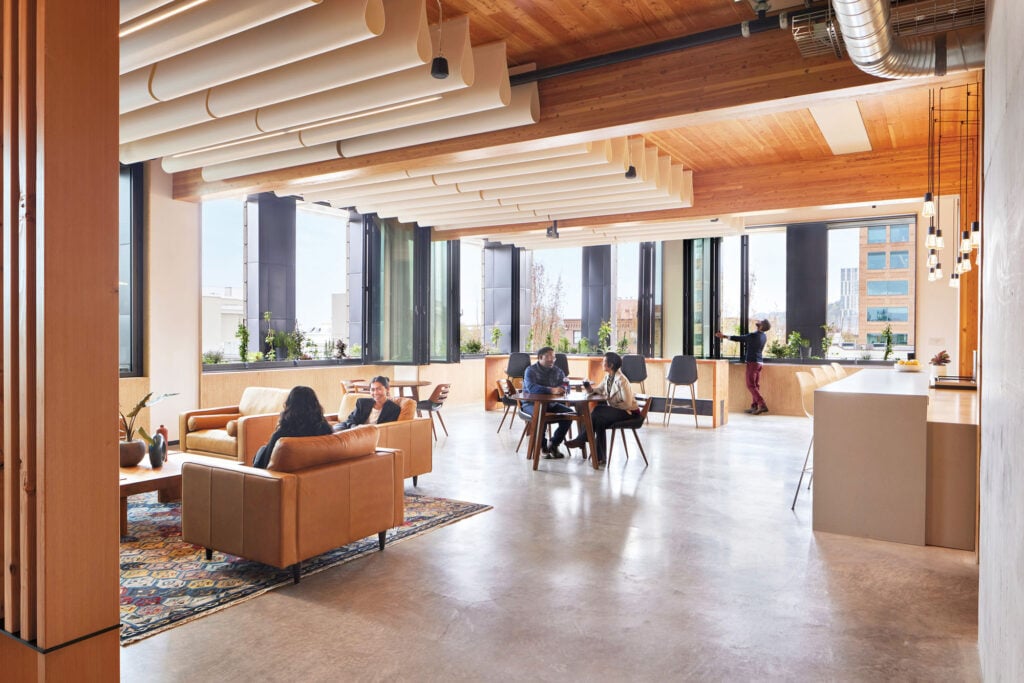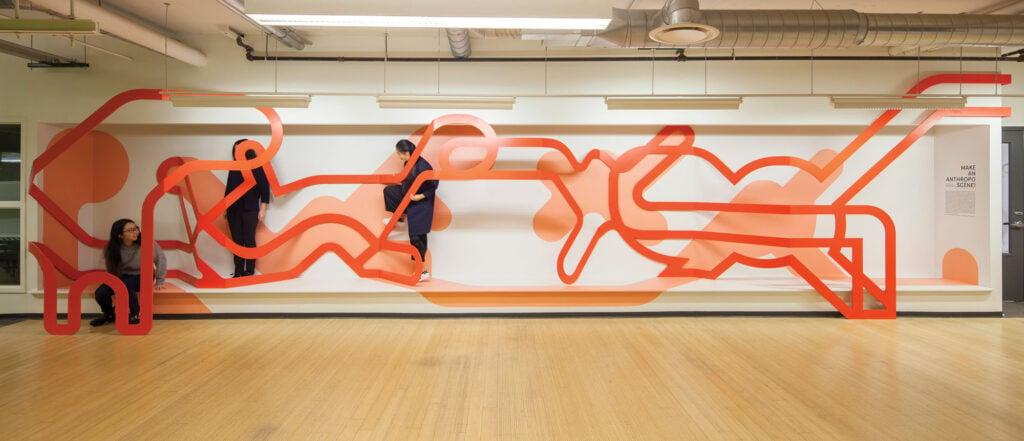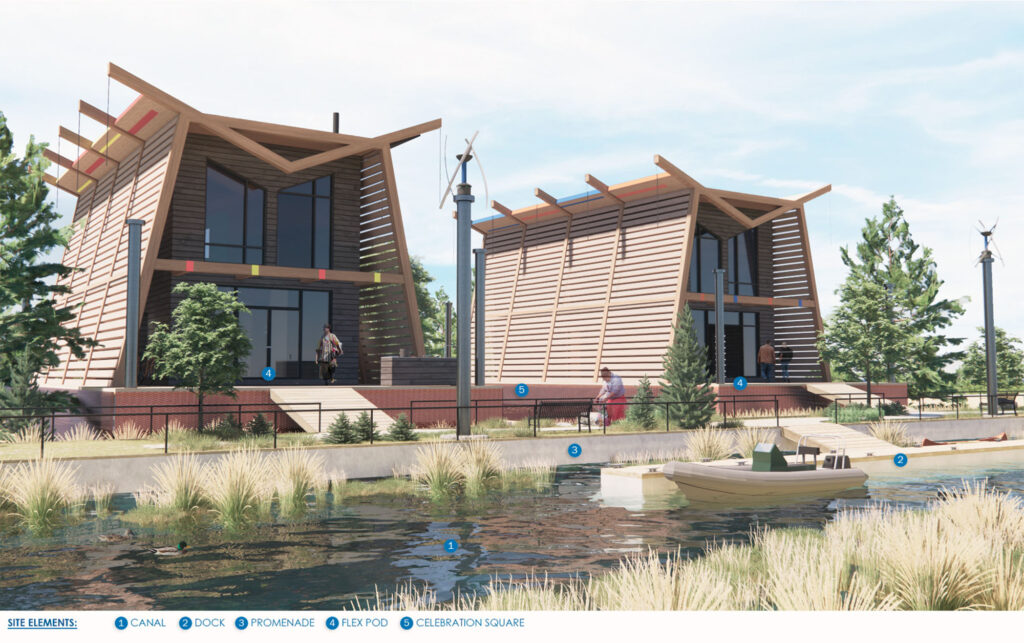
April 6, 2022
Future100: Student Designers Explore Radical Sustainability
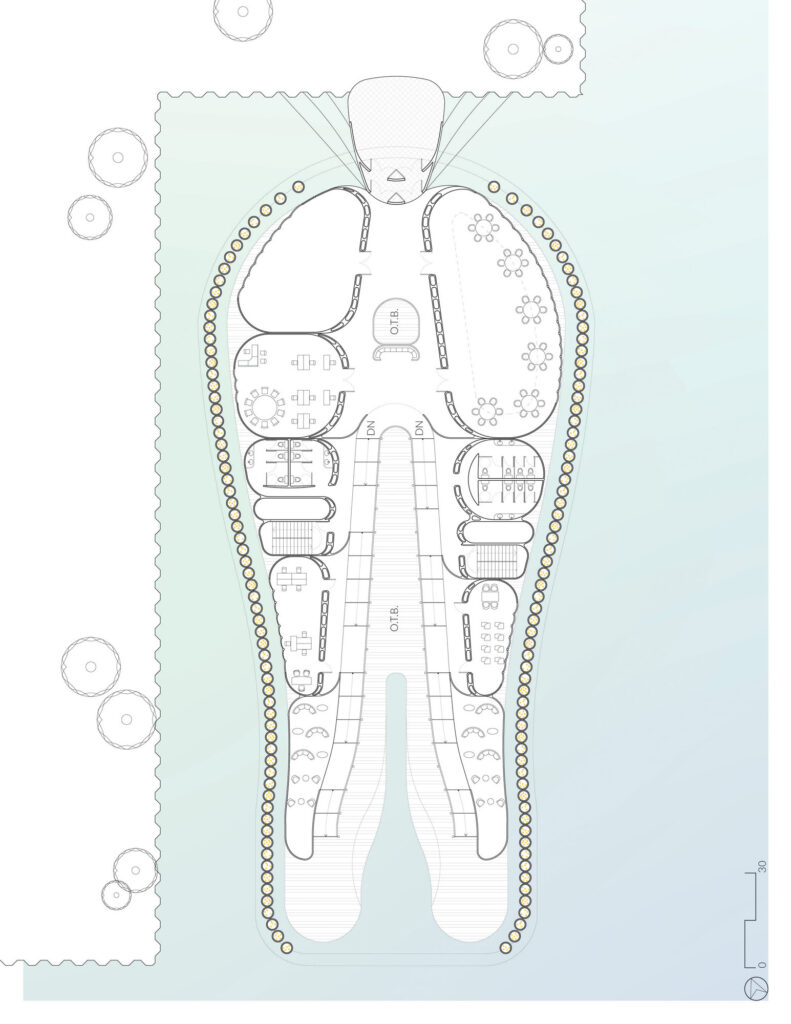
Denice Guillermo, a graduate architecture student at the University at Buffalo, drew inspiration for the structure of this buoyant research center from the American featherfoil, a rare aquatic plant. Working in collaboration with classmate Hunter Perez, Guillermo designed a scheme to use air sacs inflated by the wind to provide tensile and compressive strength, formalizing the architecture’s relationship to the natural world. COURTESY DENICE GUILLERMO
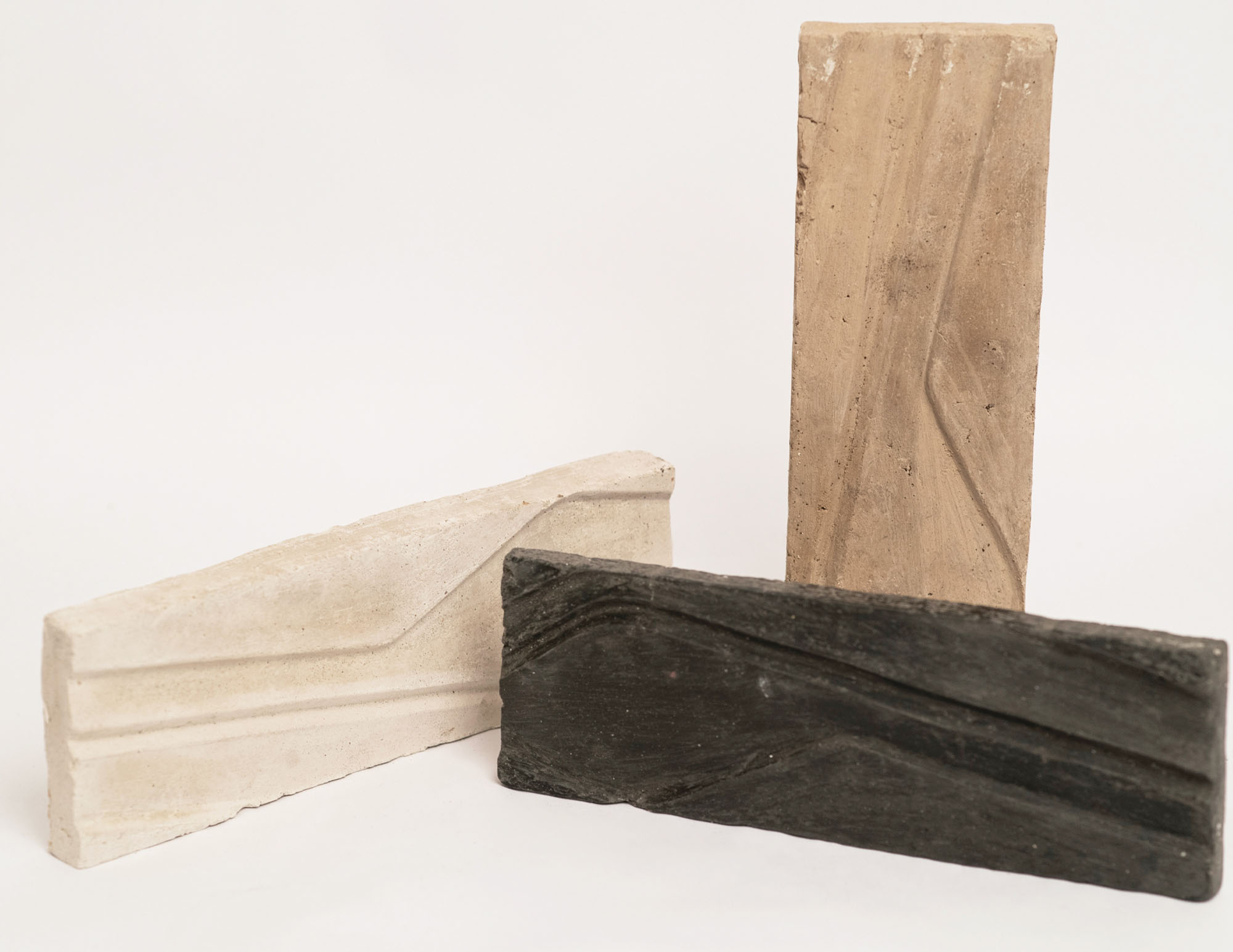
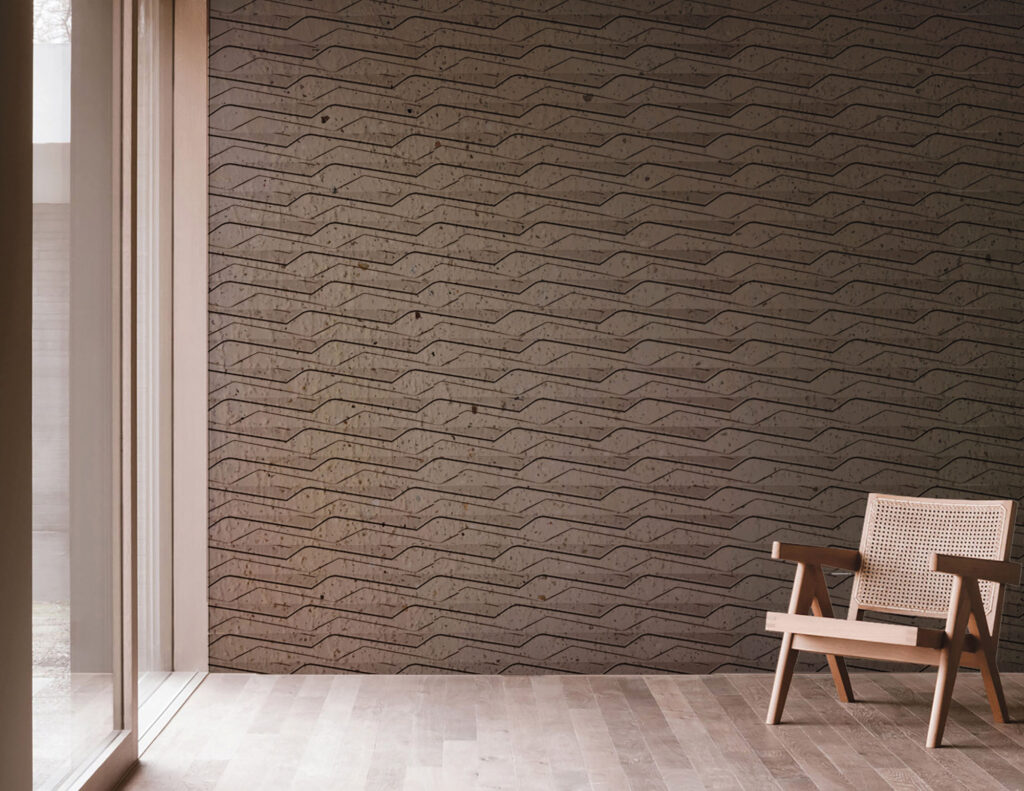
Buoyancy is also at the root of Boston Architectural College architecture graduate Sophie Clapperton’s proposal for a climate-adapted Kashechewan, a remotely located Cree First Nations community in the far north of Ontario, Canada. Informed by direct engagement with community members and extensive research into the centuries of cultural and physical violence visited upon Canada’s First Nations people by the Canadian government, Clapperton’s scheme seeks to interrupt a traumatic cycle of major flood events followed by emergency evacuation through a system of canals, constructed wetlands, and flexible amphibious dwellings. Fixed in place with mooring posts, the so-called Flex Pods feature exterior wooden panels that can be raised to form bridges between the units, alleviating the social isolation that accompanies flood events.
Mass extinction has made clear that architects also must begin to design for the needs of the nonhuman. David Rico-Gomez, an architecture undergraduate at California College of the Arts, embraces this imperative in campGROUND(s), an undulating mega-landform designed to serve as a new gateway to Alameda Creek in the East Bay. Constructed from offcuts and leftover dimensional lumber, the lattice structure provides gathering spaces for people as well as modules of burrowing owl habitat. Over time, the landform is colonized by pioneering plant species, blurring the line between building and landscape.

David Rico-Gomez proposes something unusual—architecture whose primary users are nonhuman. His artificial landforms are to be built of scrap dimensional lumber and serve as habitat for endangered burrowing owls and other wildlife in the East Bay area along Alameda Creek. There’s an upside for humans as well: outdoor recreation in a formerly suburban neighborhood. COURTESY DAVID RICO-GOMEZ
Bringing nature inside, Weizi Song, an architecture undergraduate at ArtCenter College of Design, draws on the unique characteristics of rammed-earth architecture for Grounded, a line of biodegradable tiles that expresses humans’ innate and “timeless connection to land.” Inspired by traditional building methods in southern China, Song preserves rammed earth’s aesthetic and performance qualities while advancing the material for interior uses through the addition of polyvinyl acetate, a binder that is 100 percent biodegradable.
Embedded in these students’ work is a determined optimism, as they acknowledge that to engage a world in turmoil, architecture must prove itself capable of adapting to new and existential challenges. Other-wise, even climate-adaptive design will only perpetuate the injustices of the past.
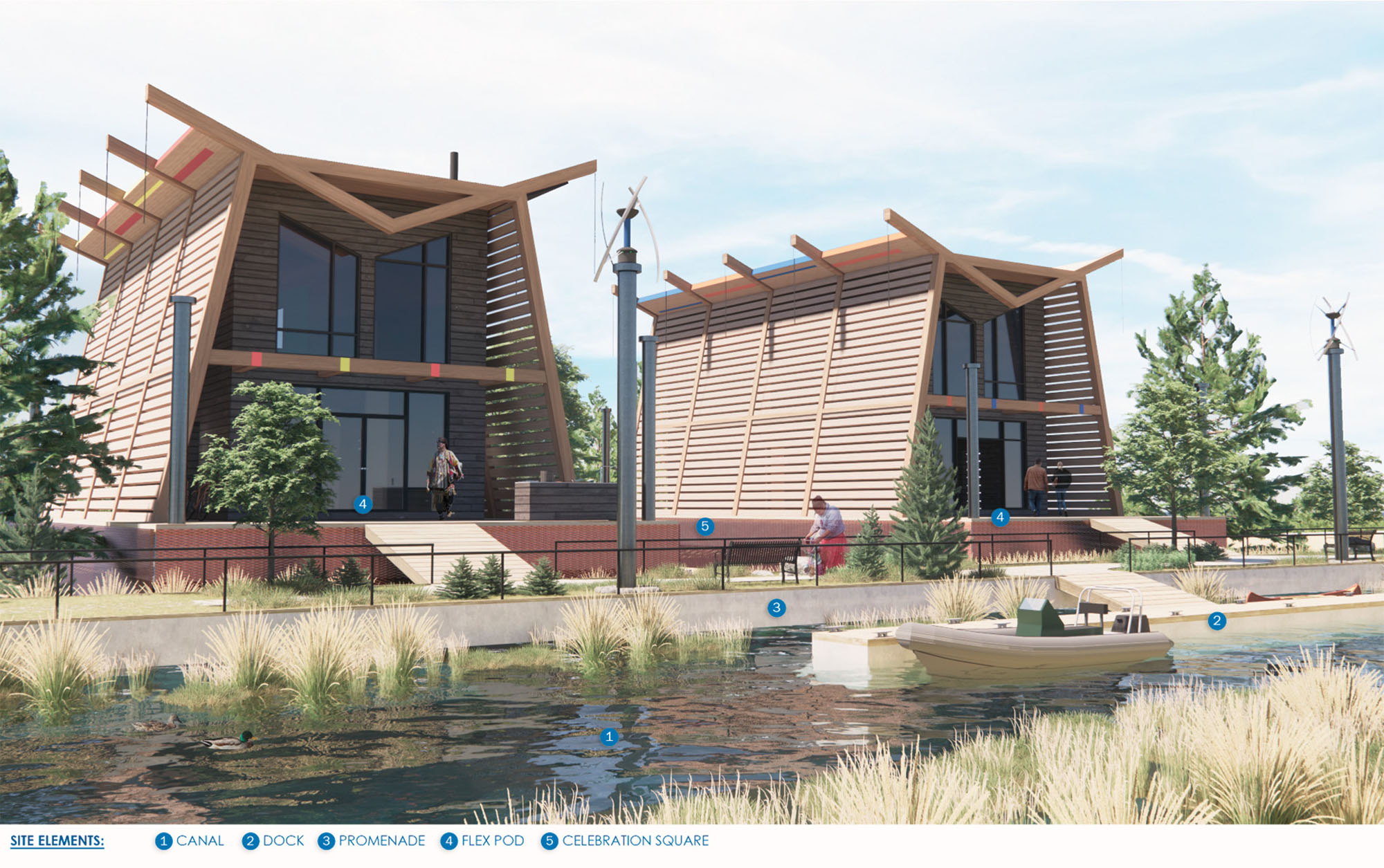
Sophie Clapperton, a recent graduate of Boston Architectural College, undertook a thesis project to research flooding in the Kashechewan First Nations community, a band of Cree people living along the western coast of James Bay in Ontario, Canada. She ultimately proposed architectural solutions to live with fluctuating water levels. The canal-side homes she designed rest on buoyant foundations and are connected to public promenades via self-adjusting ramps. COURTESY SOPHIE CLAPPERTON
Would you like to comment on this article? Send your thoughts to: [email protected]
Related
Projects
5 Buildings that Pushed Sustainable Design Forward in 2022
These schools and office buildings raised the bar for low-carbon design, employing strategies such as mass-timber construction, passive ventilation, and onsite renewable energy generation.
Projects
The Royal Park Canvas Hotel Pushes the Limits of Mass Timber
Mitsubishi Jisho Design has introduced a hybrid concrete and timber hotel to downtown Hokkaido.
Profiles
Meet the 4 New Design Talents Who Made a Mark This Year
From product design to landscape architecture and everything in between, these were the up-and-coming design practices making a splash in 2022.


